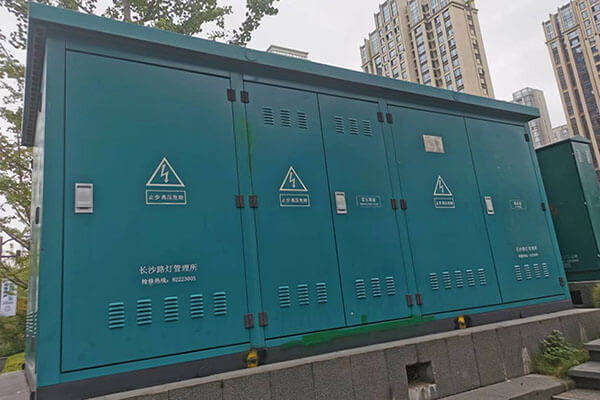The term "compact substation, some say box-type transformer, and some say box-type substation. In a strict sense, refers to box-type substation. It is a compact substation, the high-voltage power, transformer step-down, low-voltage distribution and other functions organically combined, installed in a moisture-proof, rust-proof, dust-proof, rat-proof, fireproof, anti-theft, heat insulation, fully enclosed, movable steel structure box.
Box type substation according to the appearance and material can be divided into wood type box change, stone type box change, iron shell type box change. According to the structural form, it can be divided into combined substation (referred to as American box transformer) and preassembled substation (referred to as European box transformer). The American box is divided into two types according to the tank structure, the common box type and the divided box type, and the European box type uses the ring network type and the terminal type.
1. American-type substations

2.European box transformer

Box type substations come with a range of features that make them highly efficient and reliable. Key features include:
Box substations are versatile and can be used in various applications across different sectors. Some of the common applications include:
Varelen's factory design and manufacturing substation assemblies are designed to customer specifications for medium voltage to low voltage distribution applications. Prefabricated substations can be tailor made to withstand a wide variety of environments and offer time saving installation, safety and reliability.